Occupation Produce merchant Name William Kemmler | Conviction(s) Murder | |
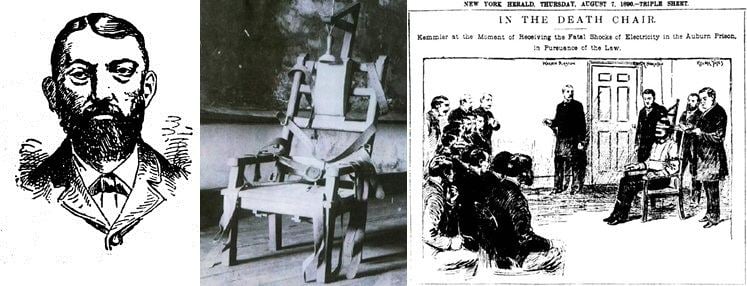 | ||
Born May 9, 1860 ( 1860-05-09 ) Philadelphia, Pennsylvania Spouse(s) Tillie Ziegler (common law wife) Died August 6, 1890, Auburn Correctional Facility, Auburn, New York, United States | ||
Criminal status Capital punishment | ||
William kemmler in 1893 at new york s auburn prison
William Francis Kemmler (May 9, 1860 – August 6, 1890) of Buffalo, New York, was a convicted murderer and the first person in the world to be legally executed using an electric chair.
Contents
- William kemmler in 1893 at new york s auburn prison
- The execution of william kemmler
- Early life
- Murder trial and appeals
- Execution
- References
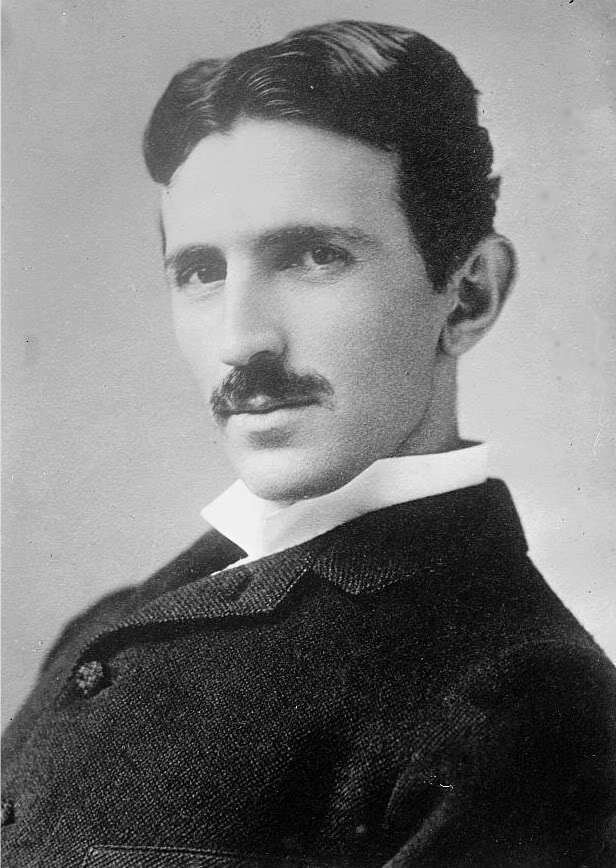
The execution of william kemmler
Early life
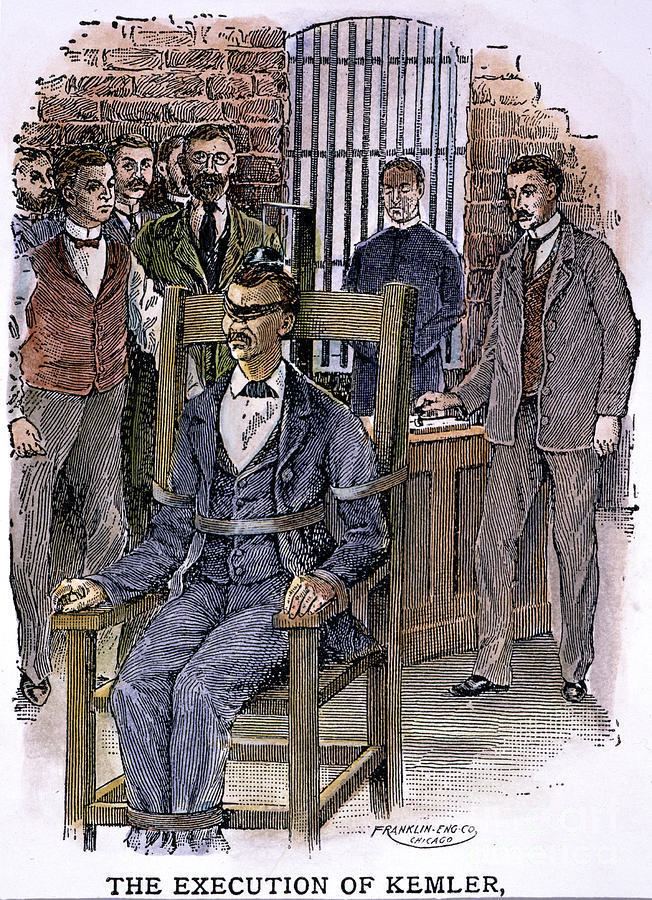
William Kemmler was born in Philadelphia, Pennsylvania. Both of his parents were immigrants from Germany and both of them were alcoholics. After dropping out of school at age 10, having learned neither how to read nor write, Kemmler worked in his father's butcher shop. His father died from an infection that he received after a drunken brawl and his mother died from complications of alcoholism. After his parents died, he went into the peddling business and earned enough money to buy a horse and cart, although at this point he was becoming a heavy drinker. In one episode involving him and his friends after a series of drunken binges, he said he could jump his horse and cart over an eight-foot fence with the cart attached to the horse. The attempt was a failure, and his cart and goods destroyed in the incident. He was known to friends as "Philadelphia Billy" due to his drinking binges that were very well known around the saloons in his Buffalo neighborhood. Kemmler was reportedly slender, with dark brown hair. He spoke both English and German.
Murder, trial, and appeals
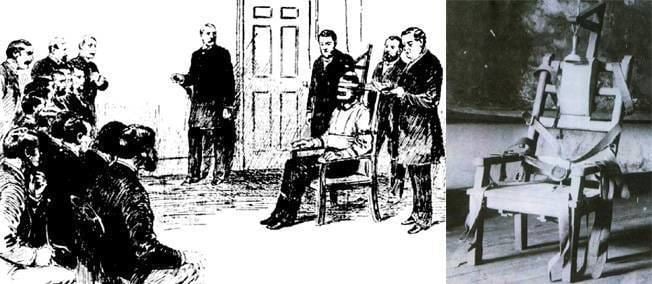
Kemmler was accused of the March 29, 1889 murder of Matilda "Tillie" Ziegler, his common-law wife, who had been killed with a hatchet. He was tried and convicted of murder on May 10, 1889. On May 13 he was sentenced to death. As of January first of that year New York had instituted death by electrocution, the first such law ever. Kemmler's sentence was to be carried out at New York's Auburn Prison via the new electric chair, a device invented in 1881 by Buffalo, New York dentist Alfred Southwick which, after nine years of development and legislation, was ready for use. Kemmler's lawyers appealed, arguing that electrocution was cruel and unusual punishment.
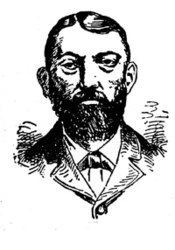
The attempt to carry out Kemmler's execution was pulled into the AC/DC war of currents between George Westinghouse, the largest supplier of alternating current equipment, and Thomas Edison, whose company ran their equipment on direct current. The alternating current that powered the electric chair (a current standard adopted by a committee after a demonstration performed at Edison's laboratory by anti-AC activist Harold P. Brown showing AC's lethality) was supplied by a Westinghouse generator surreptitiously acquired by Brown. This led to Westinghouse trying to stop what seemed to be Brown and Edison's attempt to try to portray the AC used in Westinghouse electrical system as the deadly "executioners current", actively supporting Kemmler's appeal by hiring lawyer W. Bourke Cockran to represent him. However, the appeal failed on October 9, 1889 and the U.S. Supreme Court turned down the case on the grounds that there was no cruel and unusual punishment in death by electrocution.
Execution

On the morning of his execution, August 6, 1890, Kemmler was awakened at 5:00 a.m. He dressed quickly and put on a suit, necktie, and white shirt. After breakfast and some prayer, the top of his head was shaved. At 6:38 a.m., Kemmler entered the execution room and Warden Charles Durston presented Kemmler to the 17 witnesses in attendance. Kemmler looked at the chair and said: "Gentlemen, I wish you all good luck. I believe I am going to a good place, and I am ready to go."
Witnesses remarked that Kemmler was composed at his execution; he did not scream, cry, or resist in any way. He sat down on the chair, but was ordered to get up by the warden so a hole could be cut in his suit through which a second electrical lead could be attached. This was done and Kemmler sat down again. He was strapped to the chair, his face was covered and the metal restraint put on his bare head. He said, "Take it easy and do it properly, I'm in no hurry." Durston replied, "Goodbye, William" and ordered the switch thrown.
The generator was charged with the 1,000 volts, which was assumed to be adequate to induce quick unconsciousness and cardiac arrest. The chair had already been thoroughly tested; a horse had been successfully electrocuted the day before.
Current was passed through Kemmler for 17 seconds. The power was turned off and Kemmler was declared dead by Edward Charles Spitzka.
However, witnesses noticed Kemmler was still breathing. The attending physicians, Spitzka and Carlos Frederick MacDonald, came forward to examine Kemmler. After confirming Kemmler was still alive, Spitzka reportedly called out, "Have the current turned on again, quick—no delay."
In the second attempt, Kemmler was shocked with 2,000 volts. Blood vessels under the skin ruptured and bled and some witnesses erroneously claimed his body caught fire. The New York Times reported instead that "an awful odor began to permeate the death chamber, and then, as though to cap the climax of this fearful sight, it was seen that the hair under and around the electrode on the head and the flesh under and around the electrode at the base of the spine was singeing. The stench was unbearable." Witnesses reported the smell of burning flesh and several nauseated spectators unsuccessfully tried to leave the room.
In all, the entire execution took approximately eight minutes. The competitive newspaper reporters covering the Kemmler execution jumped on the abnormalities as each newspaper source tried to outdo each other with sensational headlines and reports. A reporter who witnessed it also said it was "an awful spectacle, far worse than hanging." Westinghouse later commented: "They would have done better using an axe."
